1. Gas Masks
Nuclear threats, endemic diseases, terrorist attacks, civil unrest and people eating other people's faces. Suddenly "doomsday preppers" don't seem so crazy.
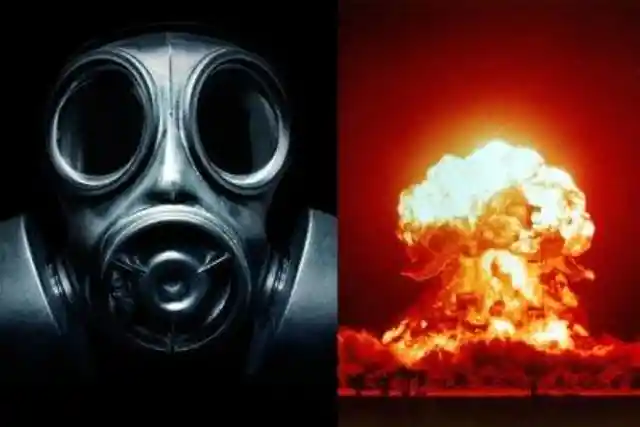

Here are some useful items to have in your D-day kits so you can be prepared for whatever kind of emergency comes your way.
Okay, yeah this one is a bit drastic. But they're good to have around in case of a carbon monoxide or gas leak too.
2. Paracord Bracelets
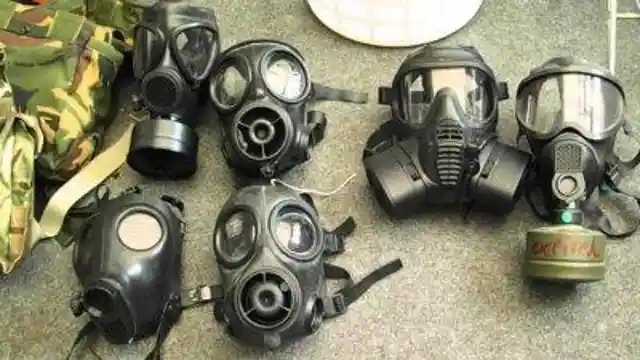
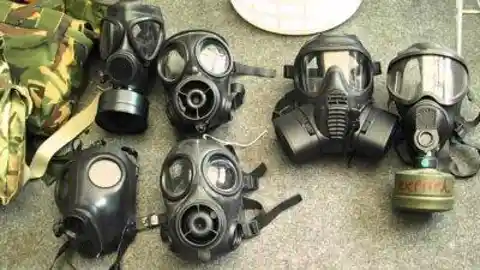
Plus, one can never be too prepared for nuclear fallout.
Paracord is pretty much unbreakable. You can use this stuff to create a makeshift shelter, tie important things down or to use as a tourniquet on that zombie bite.
3. Emergency Tinder
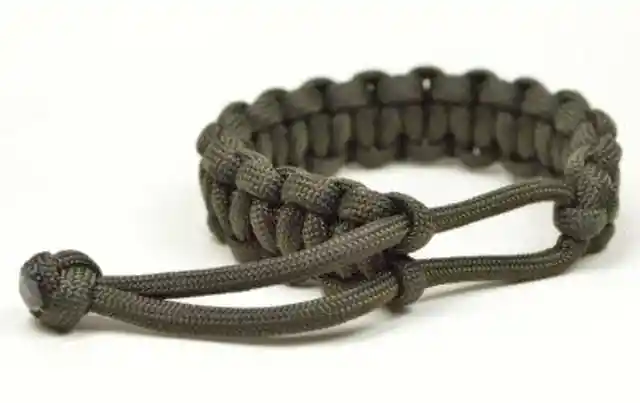
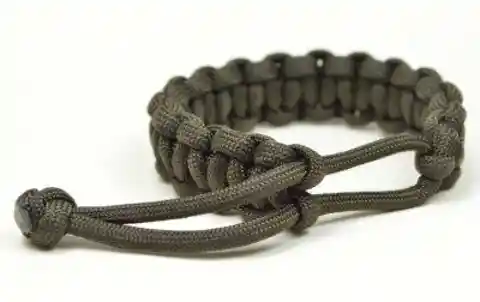
They make belts and other accessories out of this stuff too, if you think you'll need more than 50 feet.
If it's wet outside you'll be out of luck trying to find dry kindling.
4. Compass with Signal Mirror
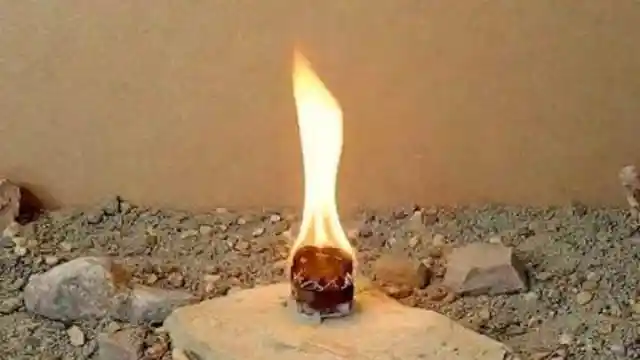
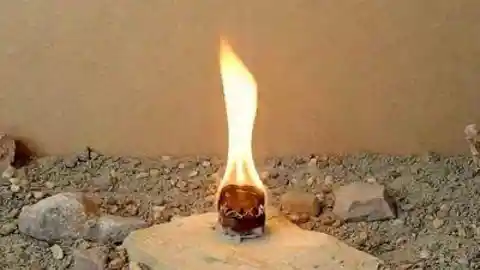
This stuff weighs almost nothing and lights instantly.
Most compasses come with a signal mirror, so just make sure yours does before you buy it.
5. Iodine Tablets
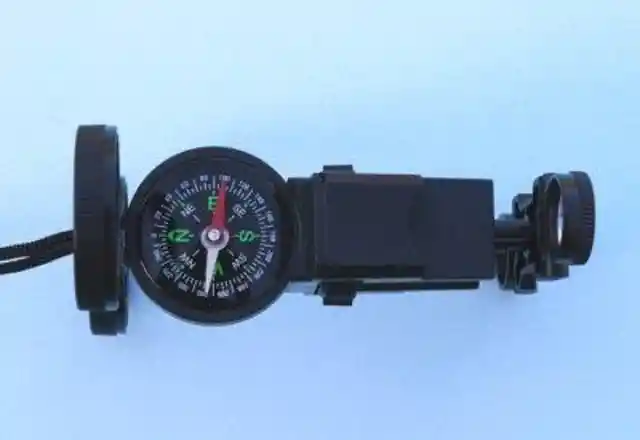
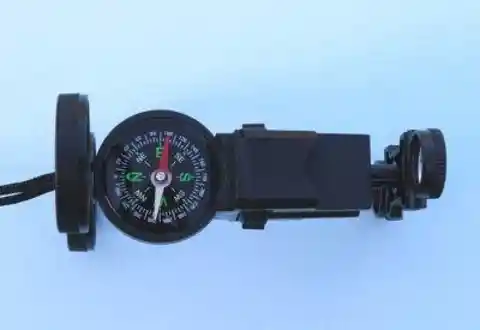
In case you're out of cell range or your battery dies, you'll want a way to know where you're at and to let others know how to find you.
They're a lot lighter than carrying around a water filter.
6. Super Heavy Duty Tarp
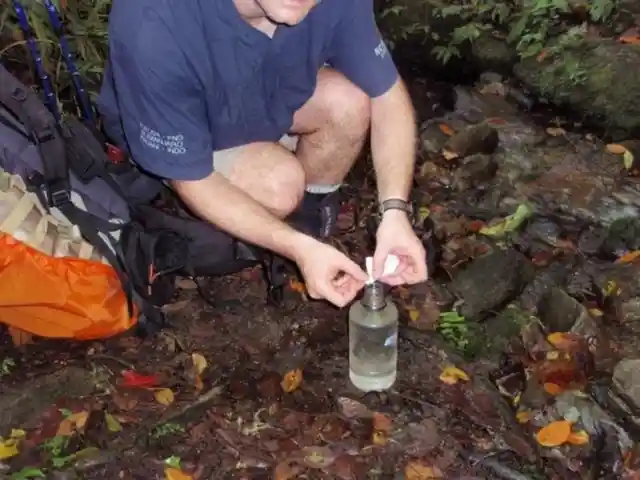
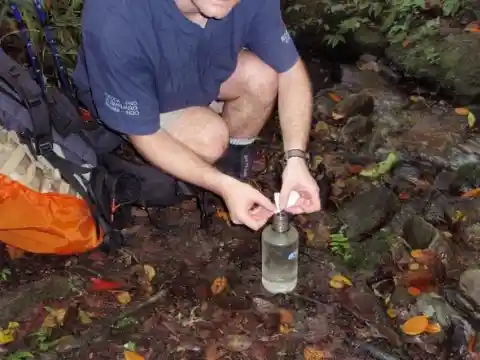
They taste a little funny, but you can turn any water source into clean and drinkable water.
A tent would be ideal, but they're really heavy to lug around. On top of that, the lighter tents tend to have cheap zippers that break easily or fabric that tears easily. You won't have doors to seal up, but you'll be dry.
7. Vacuum Insulated Bottle
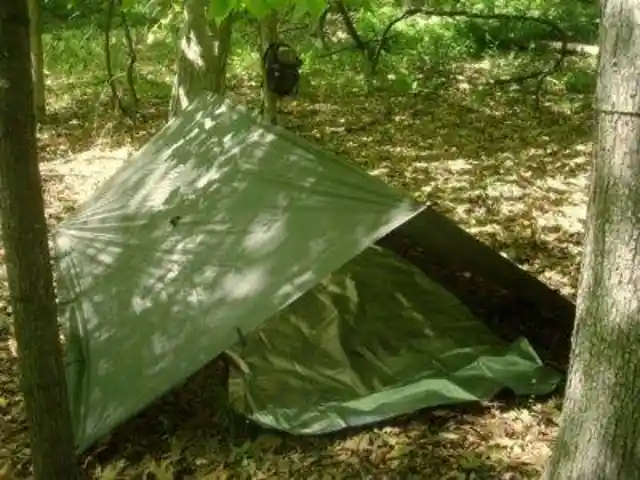
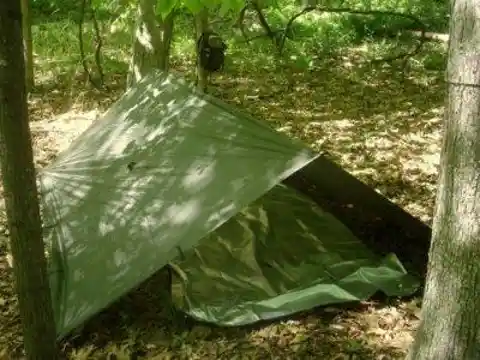
Forgot your rope? Good thing you have that paracord bracelet.
HydroFlask, KleanKanteen, S'well. The brand doesn't really matter, but these bottles are capable of keeping liquids hot or cold (no matter the temperature) for over 24 hours.
8. Bug Spray
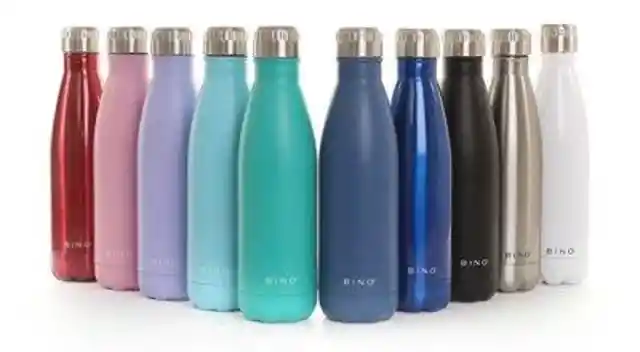
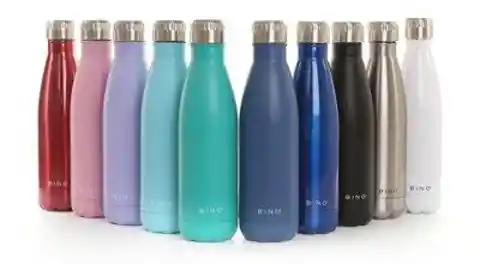
So if it's ice cold water or piping hot coffee, you'll be covered.
Bug bites are gross, uncomfortable and can lead to infections. Not to mention some bugs are venomous and carry life-threatening diseases.
9. Safety Flares


Make sure you're covered out there.
Unless your rescue team is in close range, they might not see the signal mirror you have.
10. Non-Perishable Food Packs

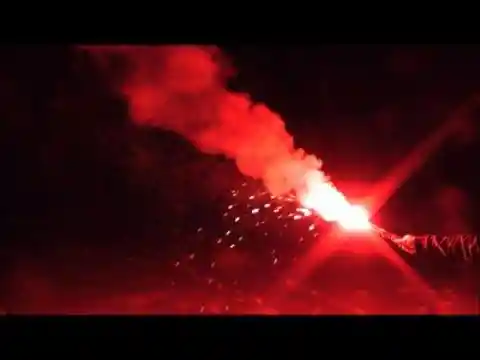
Flares can also be extremely effective in scaring off animals.
It's recommended to plan at least three days worth of food per family member.
11. Pocket Knife
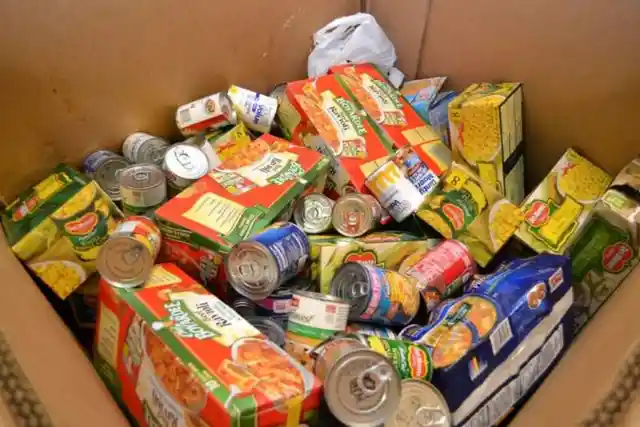
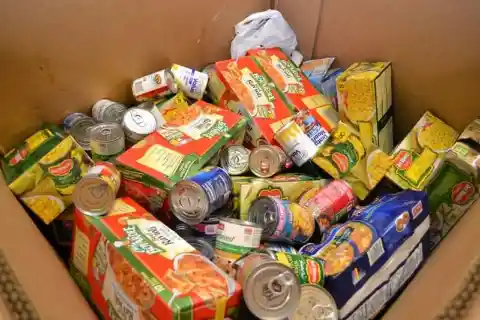
This is easily done by stocking up on non-perishable food items.
Pocket knives have many uses and can come in handy during an emergency.
12. Toilet Paper
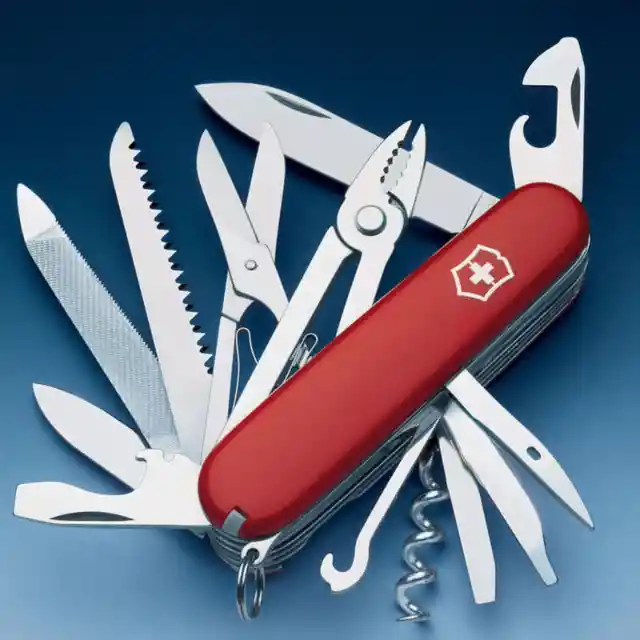
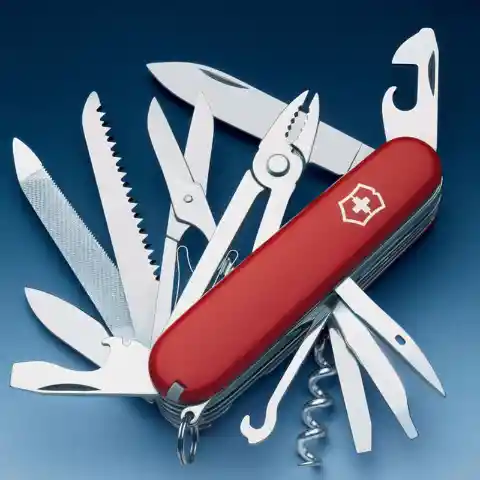
They're inexpensive and not bulky to keep in an emergency bag.
You'll want a way to clean up after you handle business, especially if you're living in a car or tent for several days.
13. Duct Tape


If you run out of tinder, this is a halfway decent replacement.
Duct Tape is the universal fix-all, so having a few roles in your disaster kit is a smart idea.
14. Nylon Rope
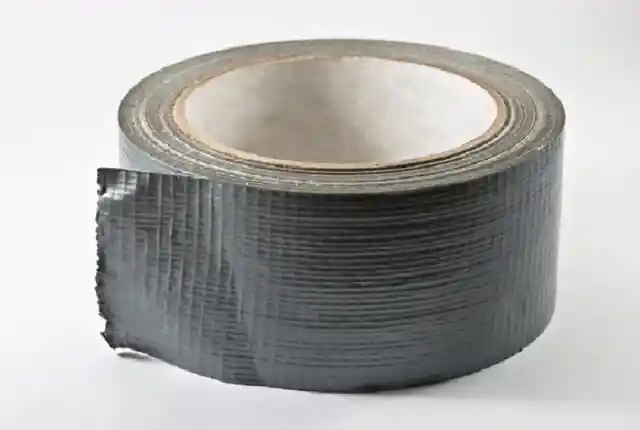
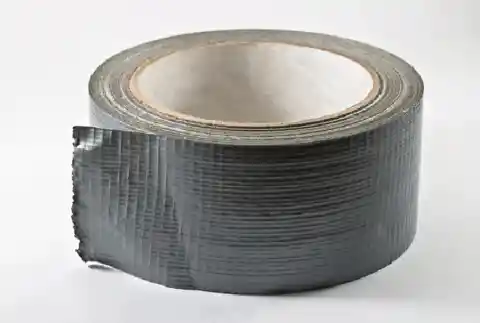
Patch up your tarp shelter or a broken finger.
There numerous uses for rope, which will become evident in the event of an emergency.
15. First Aid Supplies
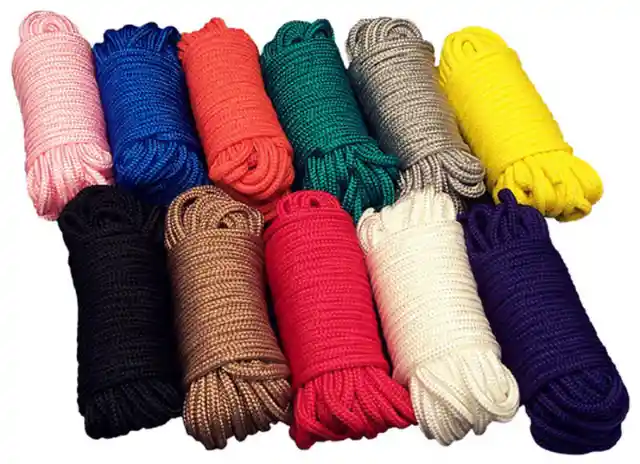
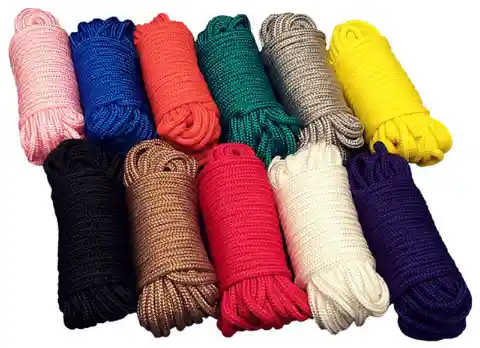
Having a few different lengths on hand is the best way to go.
16. Waterproof Matches
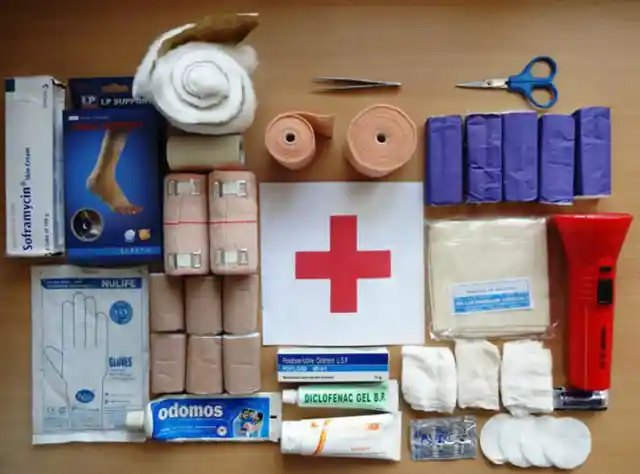
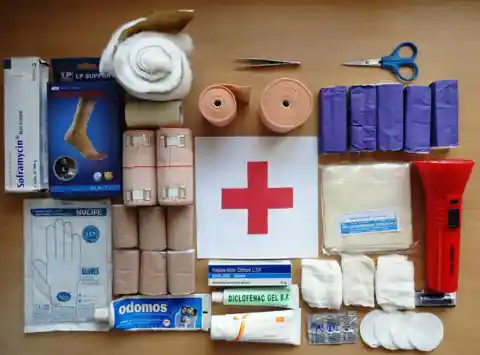
You'll want a way to patch up an injuries when going to the hospital is not an option.
This one should be a no-brainer.
17. Five-Year Water
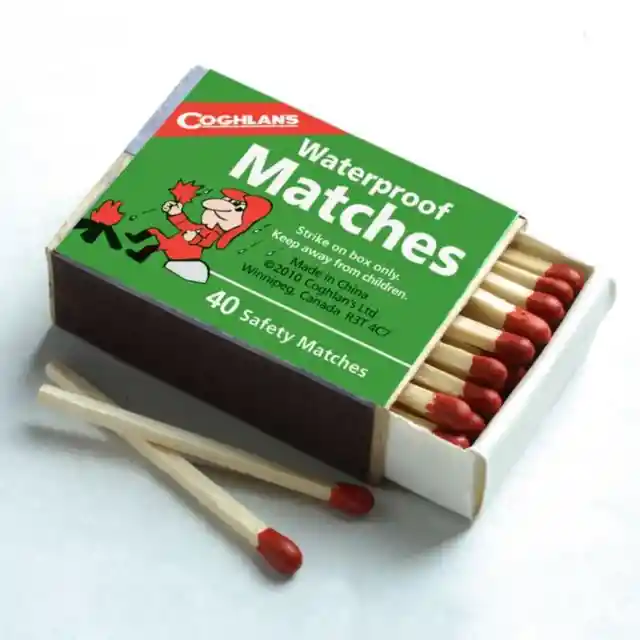
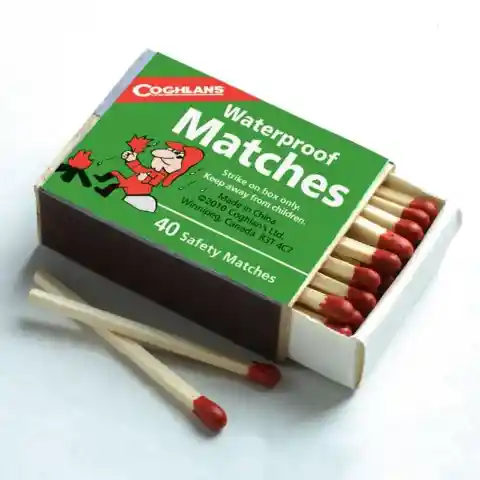
What good are soggy matches?
These pouches are recommended for a variety of situations as they last longer than bottled water.
18. Multi-Powered Flashlights
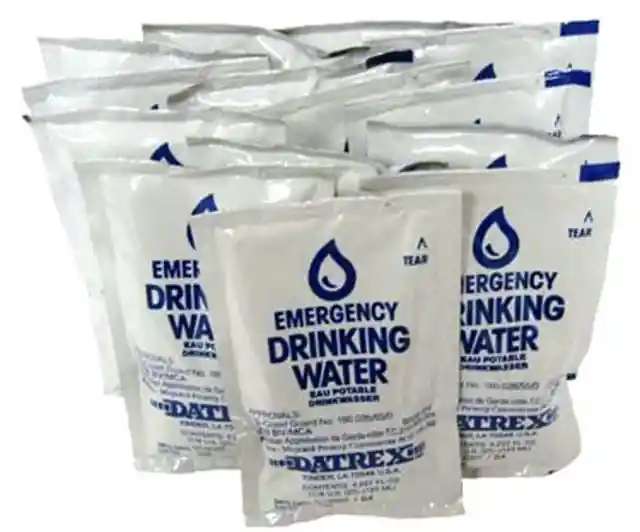
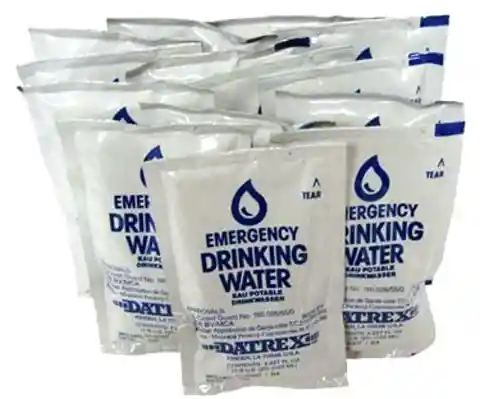
They're also ideal in case the public water supply becomes contaminated.
Don't worry about dead batteries or finding a power source with a solar powered flashlight in hand.
19. Mess Kit
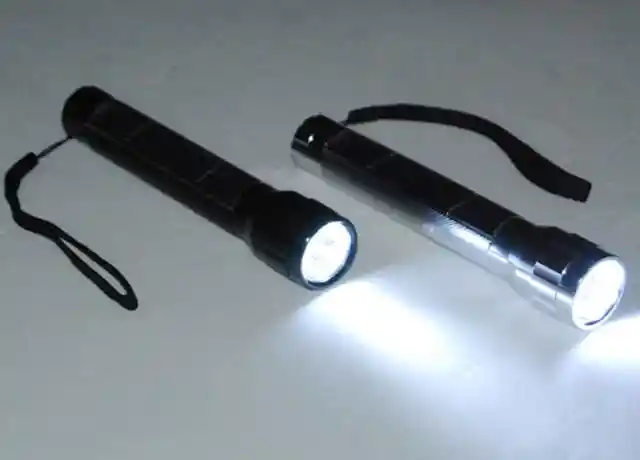
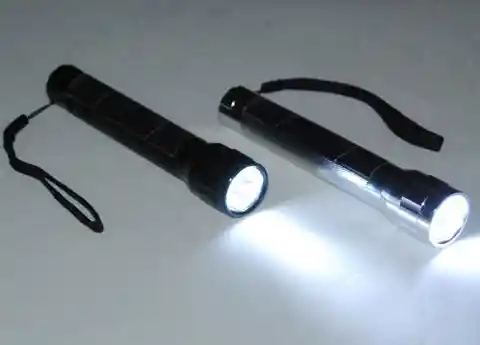
When the sun goes down they usually last all night, but they have a battery and wind up tool just in case.
20. Multi-Tool
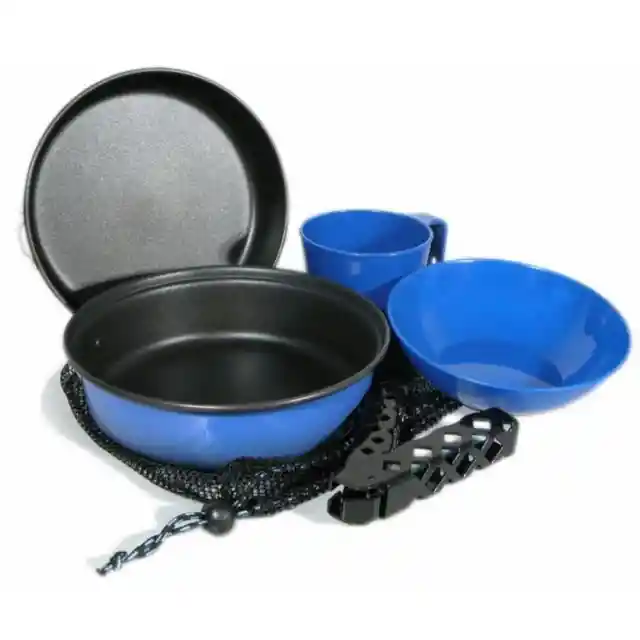
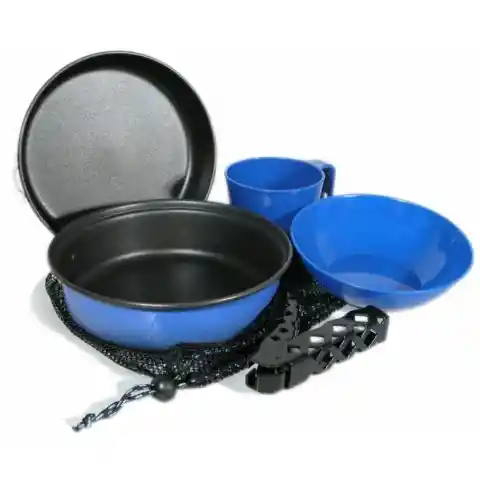
You'll need to cook somehow, and a mess kit makes heating food easier while on the move.
21. Fuel And Fuel Stabilizer
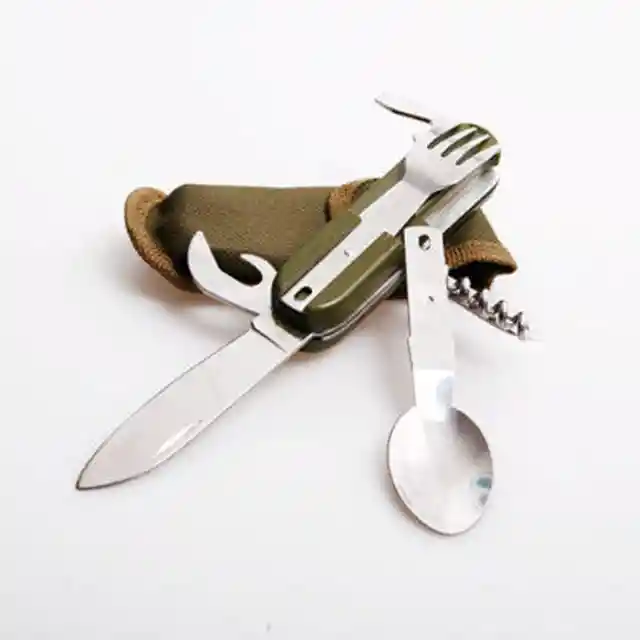
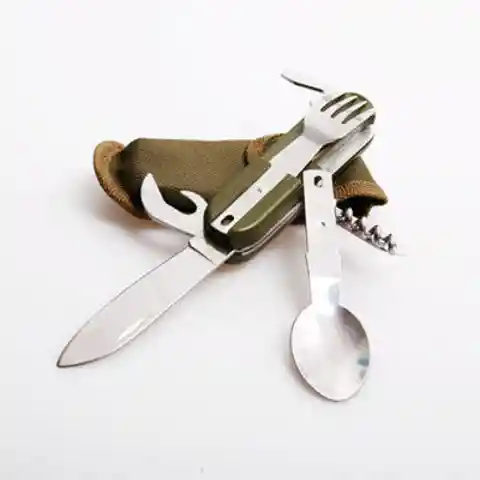
Avoid eating with dirty fingers, which could cause illness, by grabbing a multi-tool that has all the utensils you'll need built right into it.
Stock up on fuel by using a fuel stabilizer to ensure it lasts longer.
22. Mylar Blankets
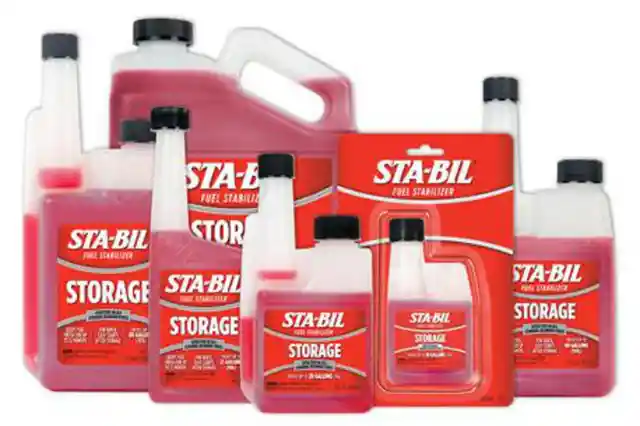
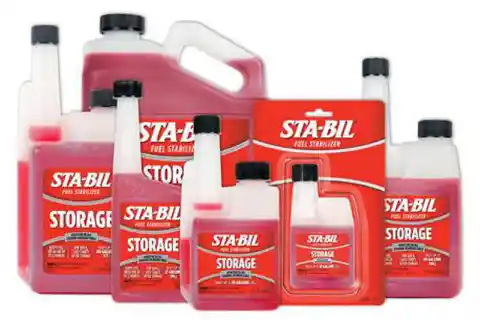
Lines at the gas stations will be unbelievably long, and that's if there's enough fuel to go around following a disaster.

These blankets are easy to store and pack, which make them ideal when grabbing a bag on the run.
23. Fire Starter
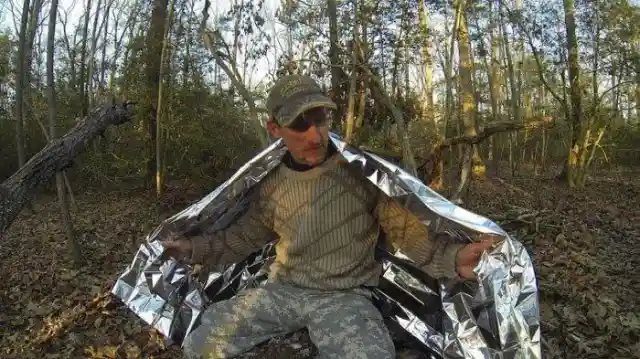
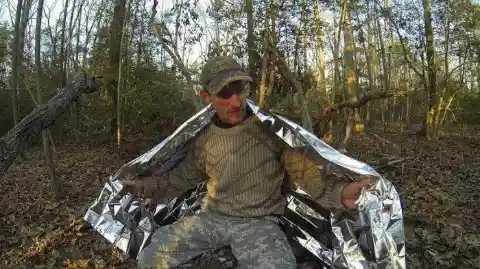
They also help keep heat in better than most alternatives.
You're going to want a quick way to start a fire if something truly disastrous happens.
24. Tent
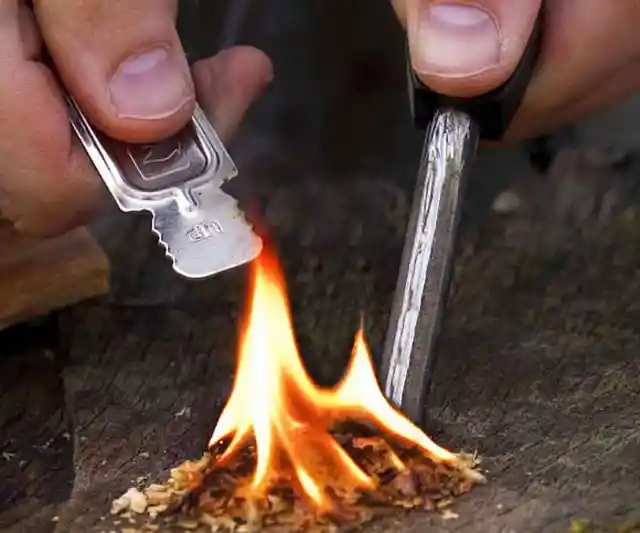
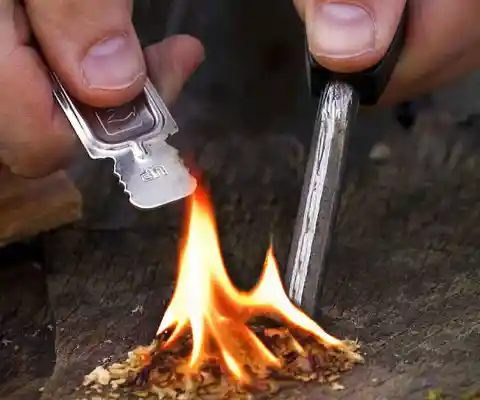
Think heat and cooking when planning a survival pack.
25. Hatchet
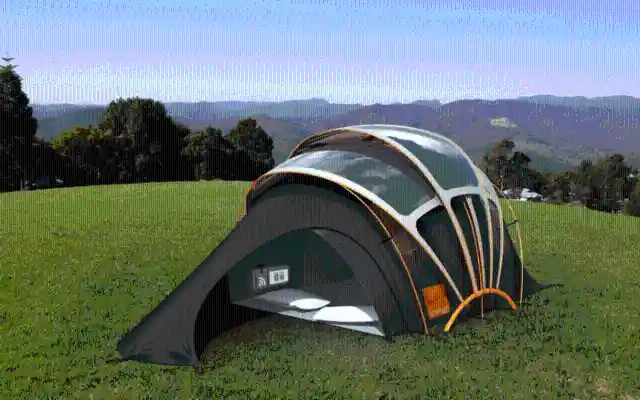
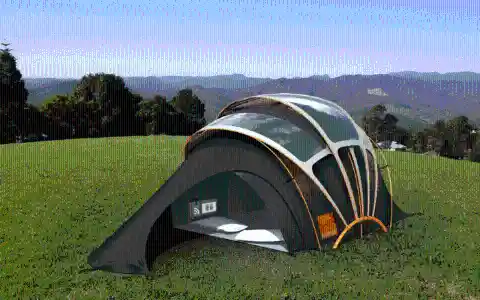
If you can afford the extra weight and have room for a tent, storage and shelter are the most important.
A hatchet comes in handy when roughing it in the woods.
26. Hand Crank Radio
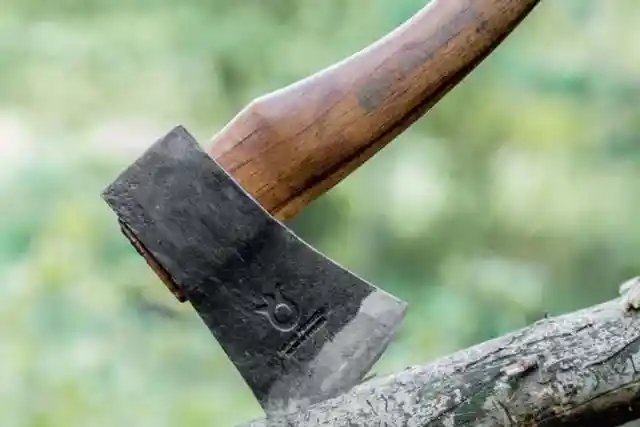
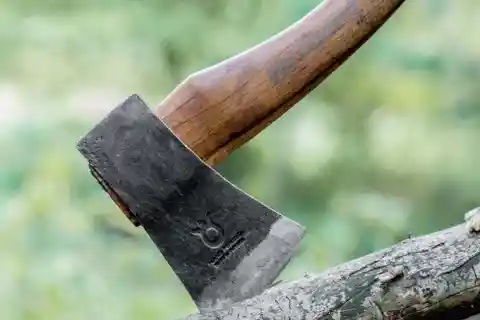
Use it to chop up firewood or fend of zombie hoards.
A hand crank radio is just that, a radio that converts kinetic energy into stored electricity through cranking the lever.
27. Generator
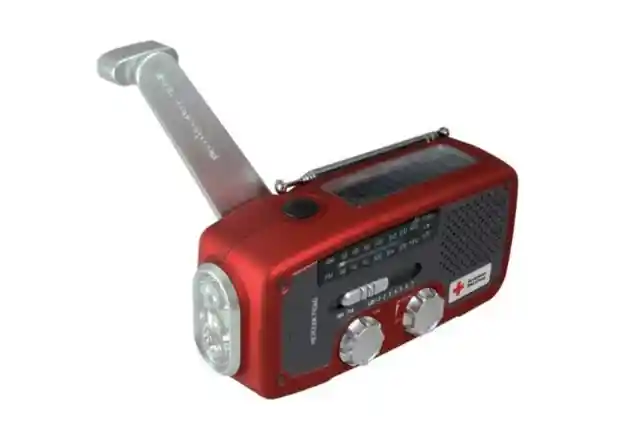
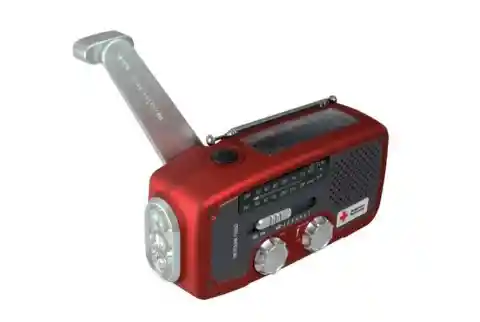
It's an invaluable item when it comes to receiving post-disaster news.
A good generator is hard to come by during disasters. They were completely sold out during Hurricane Sandy, which left people without power.
28. Night Vision Goggles
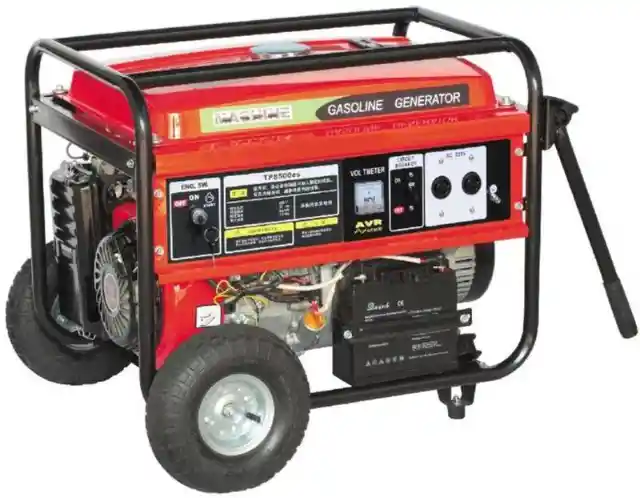
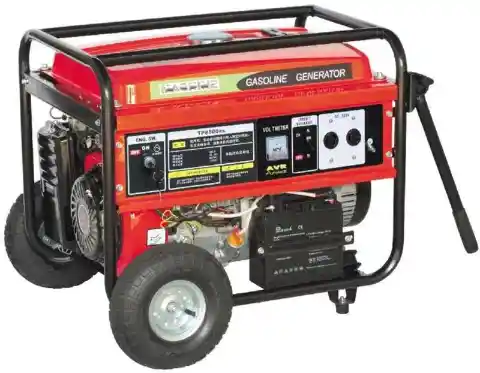
It's a good idea to look into one of these before something happens.
You don't need to be stalking an enemy for these to be useful. If all your light sources are out and you've used your last flare, these are a perfect alternative so you can see in the dark.
29. Pocket Survival Packet


Also, if you're really roughing it and need to hunt for your food, these will keep you alert under the cover of darkness.
Always keep something small enough to throw in a backpack handy.
30. Solar Powered Phone Charger
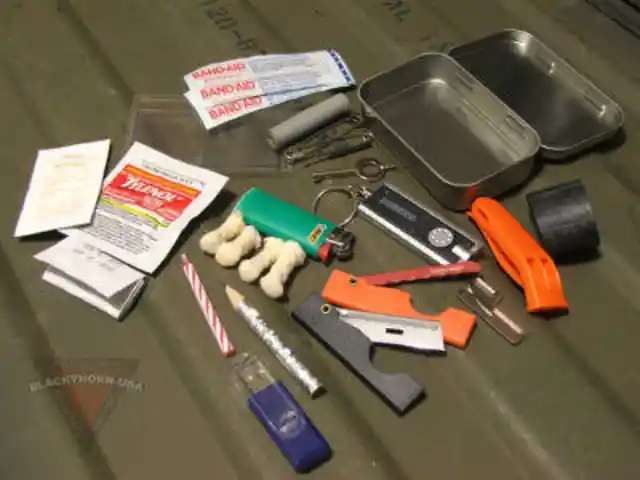
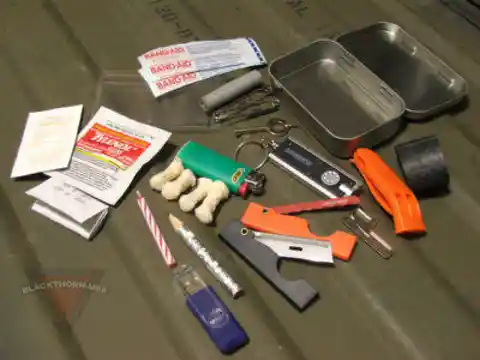
Make sure it has all the bare necessities; knife, rope, tinder, iodine tabs and a flashlight for starters.
Just in case you don't have access to power, make sure you have a way to charge your phone.
31. Boots
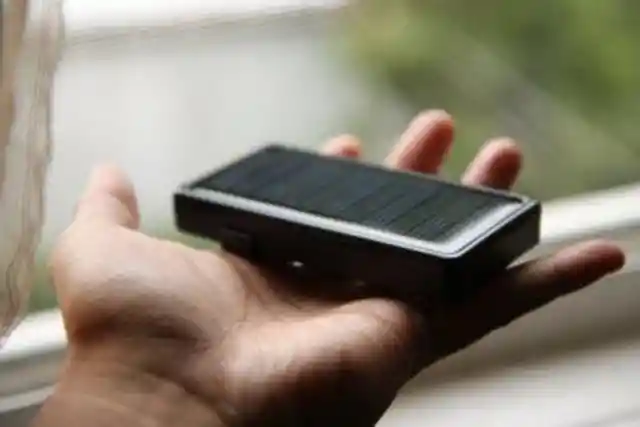
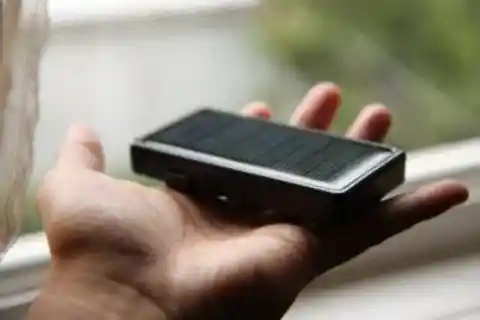
You'll be able to make that important phone call, and having a phone means you won't need a personal locator beacon.
When you're ruffin' it for an extended time, all kinds of nasty things can happen to your feet... especially if they get wet.
32. Map
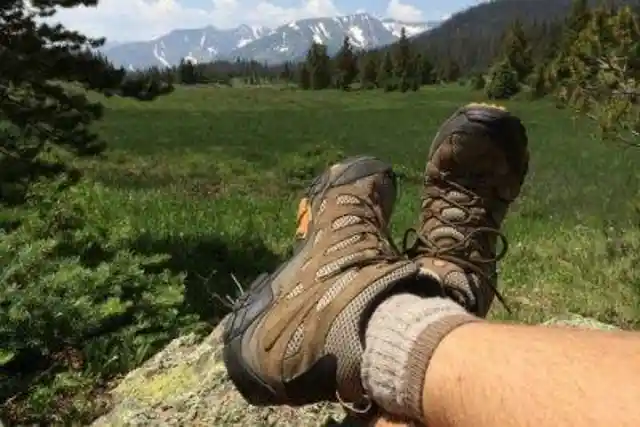
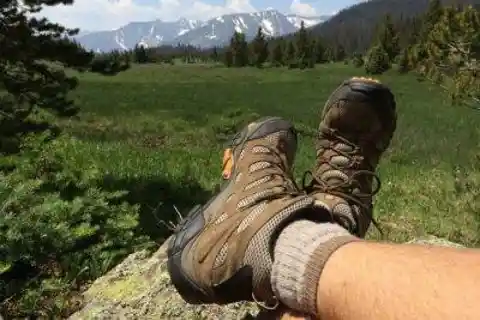
Take care of the things that keep you going by getting some high quality boots to run around in.
In 2017, no one uses maps anymore. But without your cell phone would you know how to get around?
33. Anorak Jacket
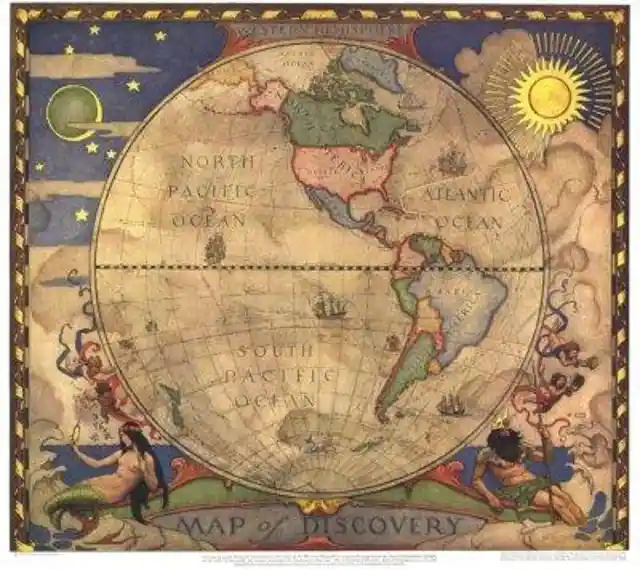
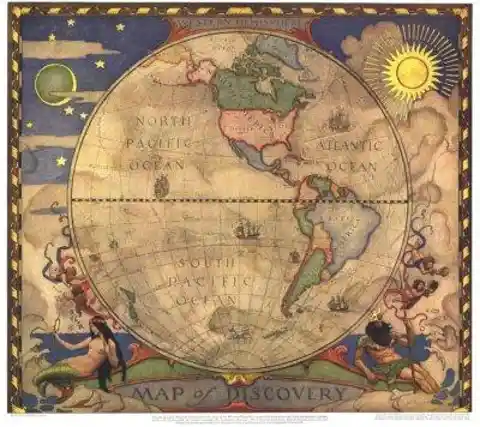
Or where the emergency stations in your town are located? Get yourself out of a bind by knowing where to go.
The most versatile jacket for almost any weather.
34. Anti-bacterial Healing Ointment
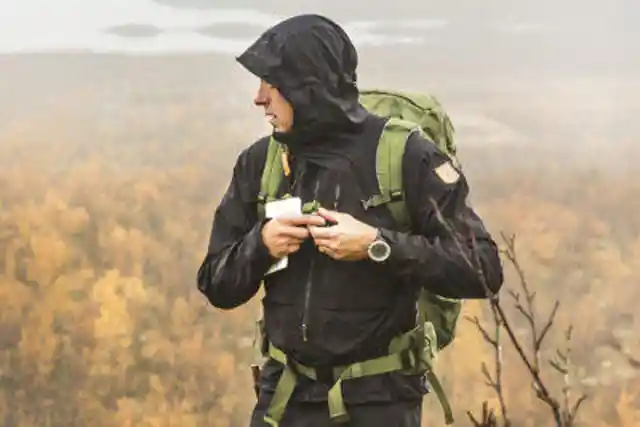
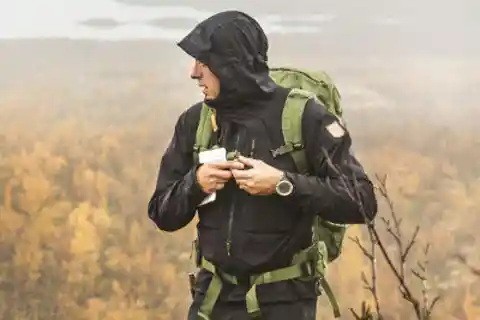
It's light enough to wear on a warm day to save space in your pack, it's perfect for that windchill, and it's roomy enough to layer when it gets really cold.
35. Splints


Some universal healing ointment will help prevent infection, soothe sore areas and prevent your lips from being chapped.
Nothing in an emergency kit will help you with a bad sprain or broken bone. A splint is a good way to keep everything in place without medical attention.
36. Hammock Instead of Tent
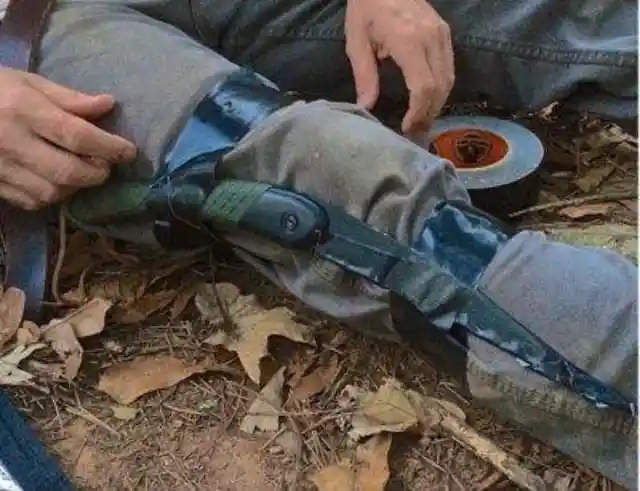
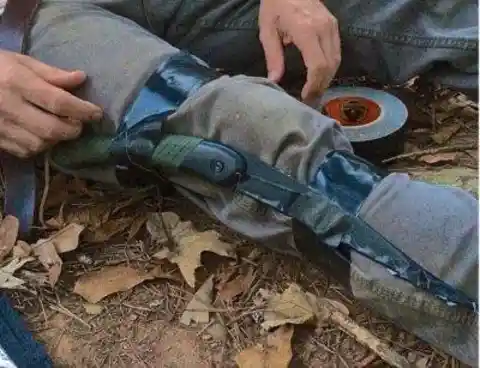
If you don't have one, a solid branch and rope can be a good makeshift option. Also, here's another use for that paracord bracelet.
You might find yourself in a situation where sleeping on the ground just isn't safe. If there's snow, that will make sleeping quite cold especially if you're traveling light.
37. Peroxide
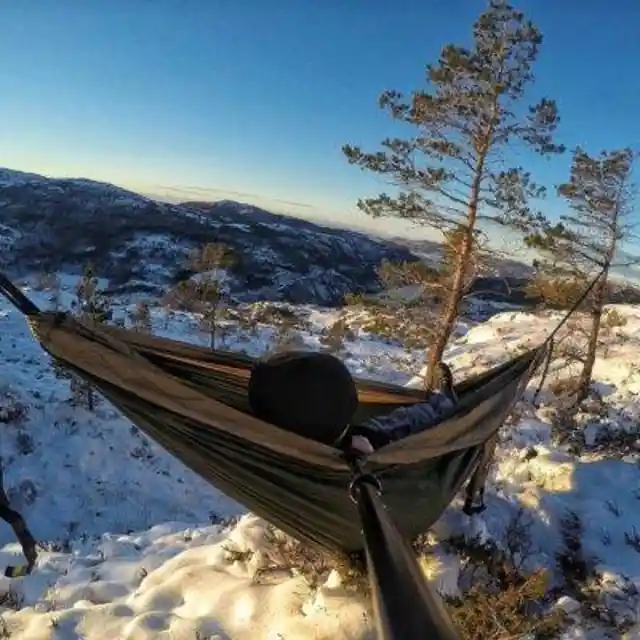
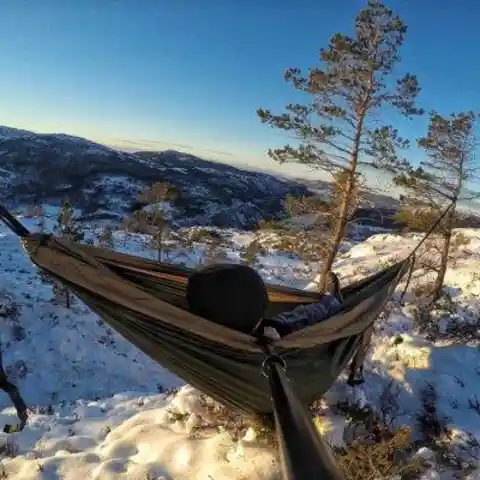
Get yourself a sturdy hammock that will allow you to sleep in a tree or somewhere away from dangerous animals. Many of them come with zippers to keep bugs out and heat in.
Your go-to for disinfecting wounds, cleaning your tools or even washing your hands if you can't find a water source.
38. Water Collection Device


Some experts say peroxide can help fight ear infections too.
If you're getting ready to hunker down for a while, you're going to want a way to collect fresh water. Water bottles and iodine tabs will only get you so far.
39. Portable Stove
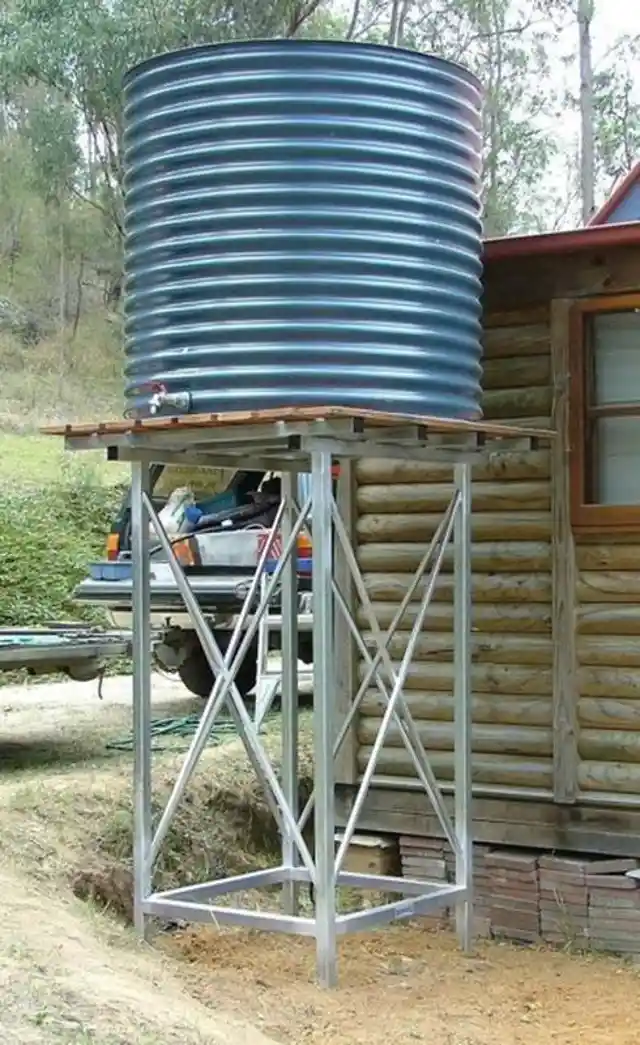
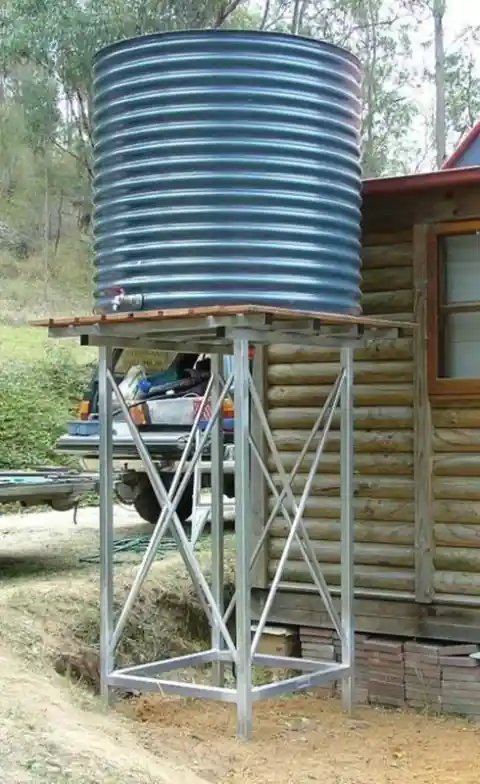
Once you run out, make sure you have a way to collect rain water.
You can always depend on mother nature to cook your food, a slab of rock and a fire will do just fine. But if you have room in your pack, these are easily improvised, small enough to carry and super easy to use.
40. Gloves


You can use pretty much any metal can and make your own.
When you're in survival mode, gloves are something easily overlooked. They may not seem so important, but you'll likely be doing all kinds of things with your hands. Blisters, cuts and bites can slow you down...
41. Polarized Sunglasses
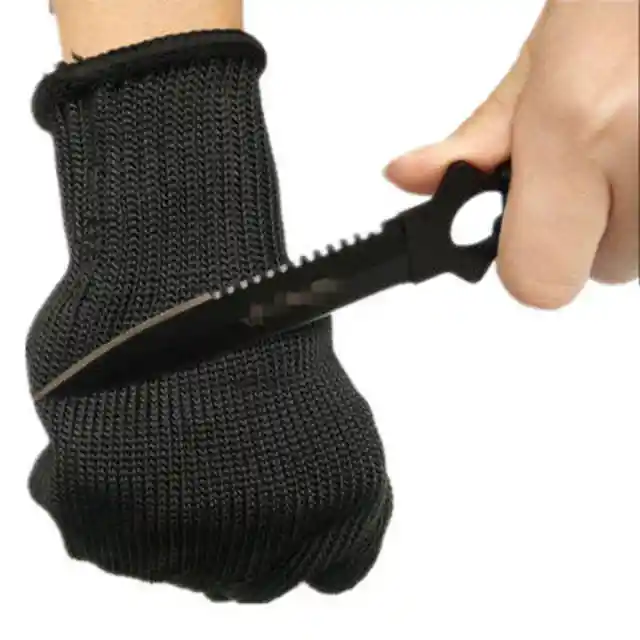
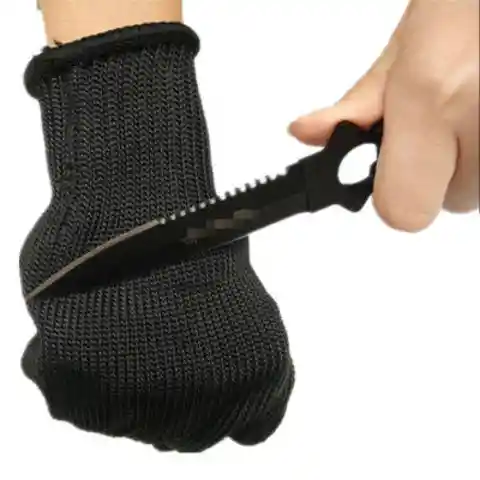
plus they're just downright uncomfortable. Upgrade: get some nylon coated gloves to stay dry if you're around water and snow.
Polarized is the key word here. They'll take the glare off the snow, which can cause serious damage to your eyes. They'll help you see the water if you need to fish for your food.
42. Life Straw Water Filter
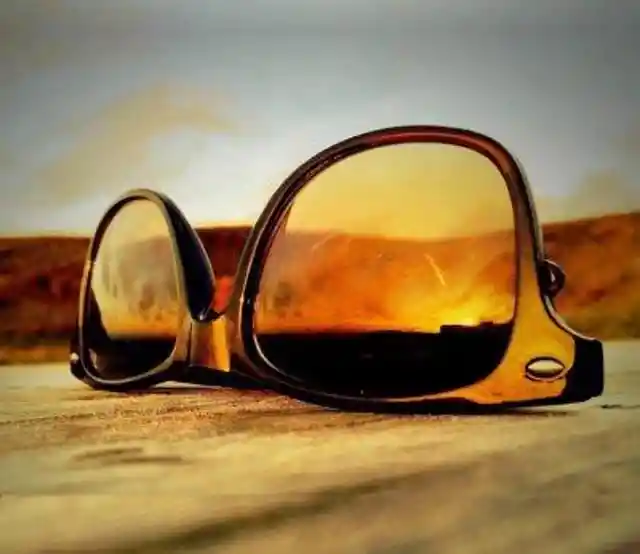
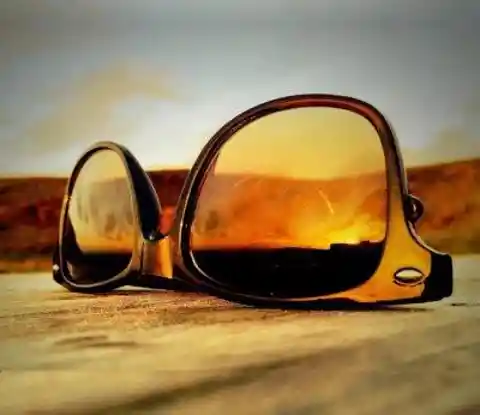
They'll keep those wrinkles away so when you're done surviving you'll look young and healthy. Plus, the apocalypse is no reason to stop making fashion statements.
You might be noticing a theme here. Water is a necessity for life though.
43. Hand Warmer
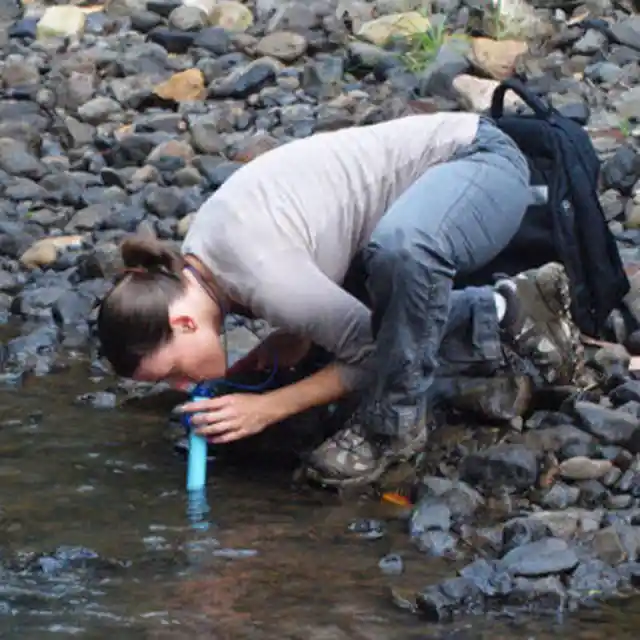
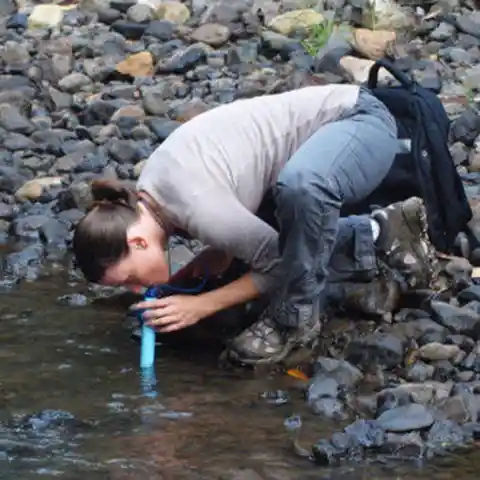
You can never really have too many options. This one is high tech, easy to use and incredibly easy to carry with you.
In case of emergency, if your tent, clothes and everything else aren't keeping you warm...
44. Emergency Female Kit
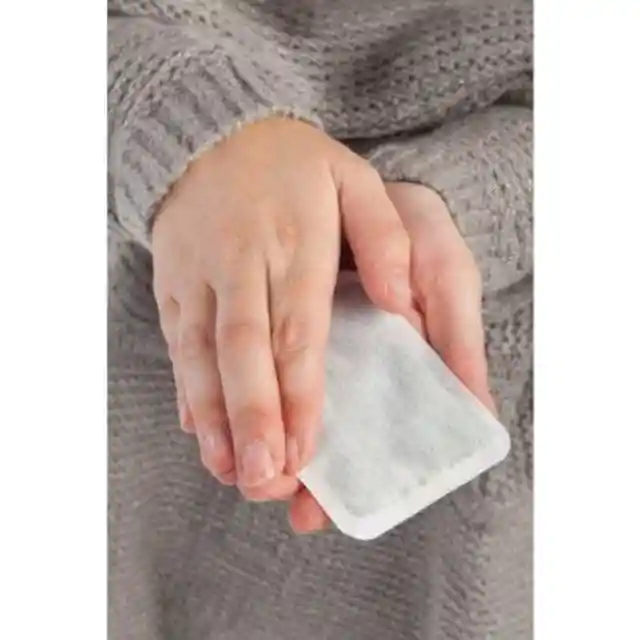
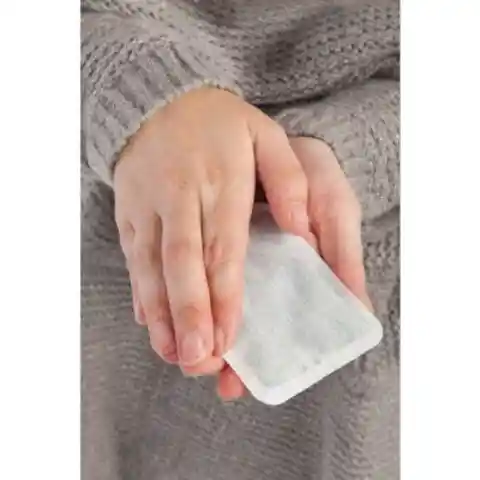
stuff a few of these in your clothes to get you through a long and cold night.
Men aren't the only ones who are going to survive the apocalypse. Ladies have more health concerns in the wild than men do.
45. Pain Killers


This one explains itself.
For amputating that gangrenous arm, pulling out that rotten tooth or just soothing a headache.
46. Fire Blanket
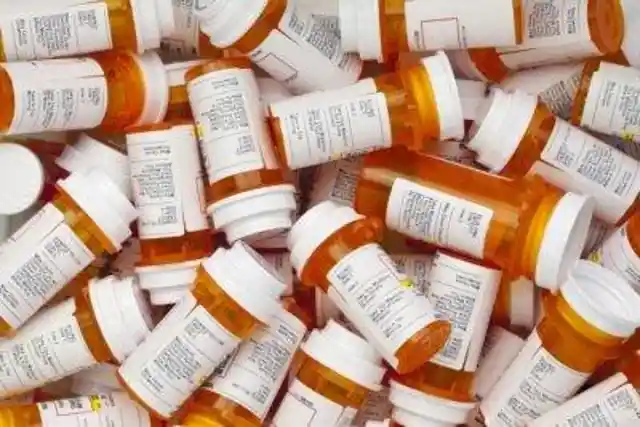

Make sure you're stocked up as much as possible on these.
You probably won't need this out in the wild, but just in case something goes wrong in the bunker you'll want a way to prevent severe burns or an explosion.
47. Tree Spigot
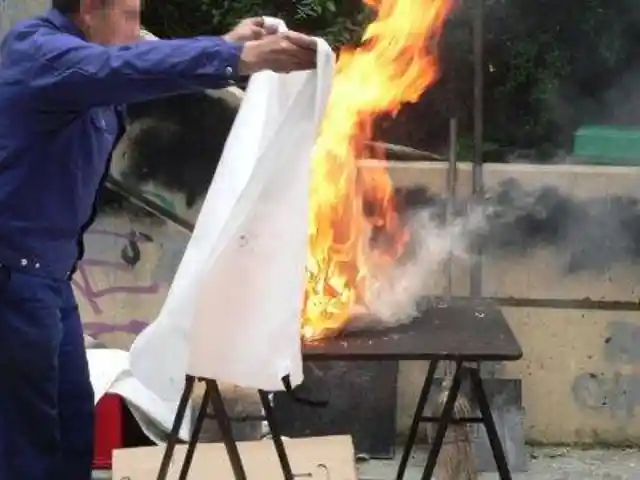
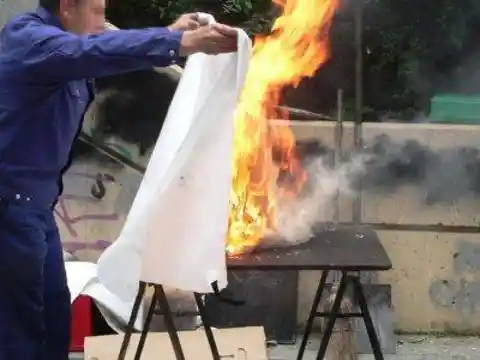
Extinguishers are a must, but fire blankets can quickly smother a small fire so you can save the extinguisher for the real emergency.
Again, you can just never have enough ways to get water.
48. Beanie


You never know what can happen out there and once dehydration kicks in, you'll start losing brain power and motor functions within hours.
Over 70% of your bodies heat escapes through your head. Make sure you cover your noggin with something warm to prevent hypothermia or frostbite on your ears.
49. Hiking Backpack
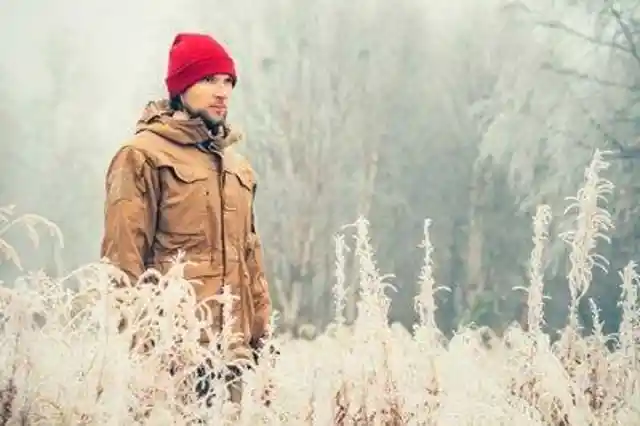
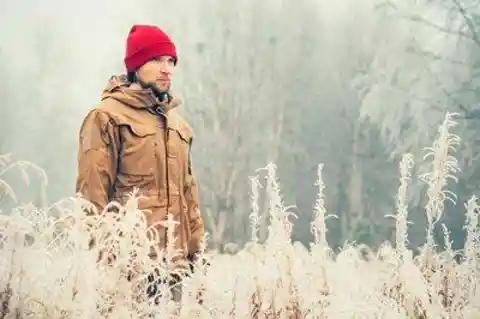
Bonus tip: make it a bright color so you'll stand out to other survivors.
Your high school backpack just isn't going to cut it out there. Make sure you get something industrial grade, with tons of pockets and ergonomic straps so your back doesn't get to worn out from the heavy load.
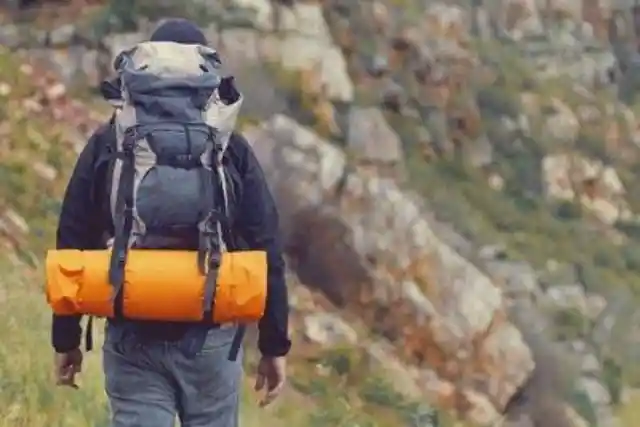
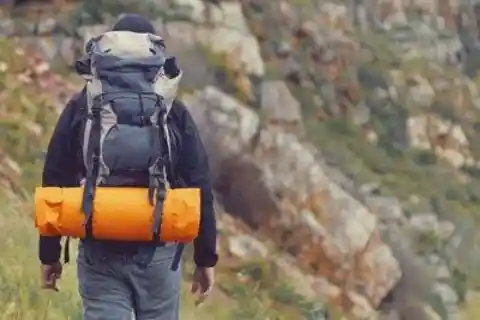
Loops for your cookware and an external space for your tarp or hammock are ideal.